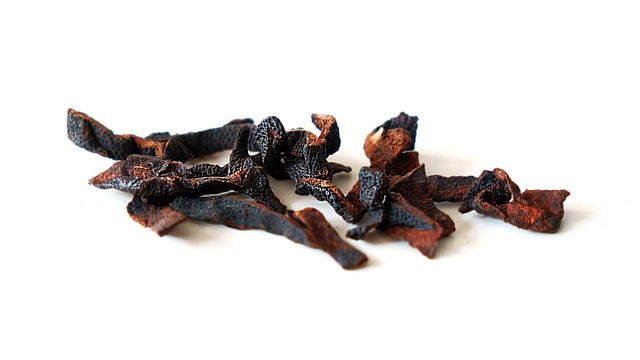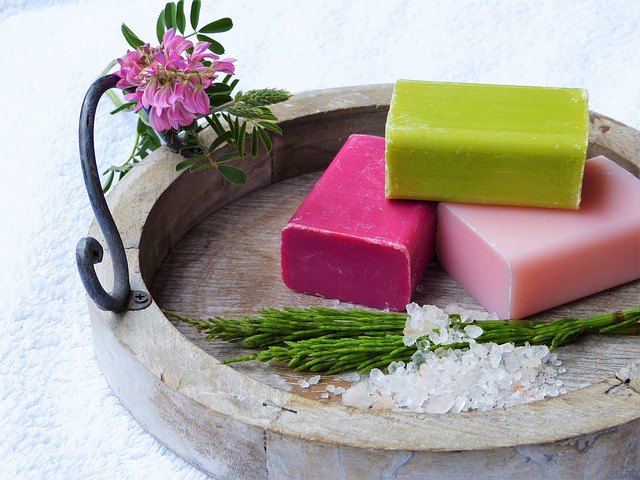Skin resurfacing peels, or chemical peels, are non-surgical treatments using AHAs (like glycolic acid), BHAs (salicylic acid), or retinoids to remove damaged skin cells, stimulate collagen production, and improve texture. They target specific concerns like wrinkles, hyperpigmentation, acne scars, and oily skin with varying formula strengths and penetration depths. Professional application ensures safety and optimal outcomes, but consulting a dermatologist is crucial for matching your needs to the ideal peel type, considering potential side effects, and guiding post-procedure care.
“Uncover the secrets of achieving youthful skin with chemical peels, a popular skincare treatment for wrinkle reduction. This comprehensive guide explores the world of skin resurfacing peels, offering insights into their mechanism, types, and benefits. From understanding the science behind these peels to choosing the right acid for your skin type, we’ll walk you through the entire process. Discover the potential side effects, safety precautions, and who can benefit from these transformative peel treatments, revealing a smoother, more radiant complexion.”
Understanding Chemical Peels for Wrinkle Reduction

Chemical peels, also known as skin resurfacing peels, are a non-surgical procedure that has gained immense popularity for its effectiveness in reducing wrinkles and improving skin texture. This treatment involves applying a chemical solution to the skin, which creates a controlled injury, stimulating the body’s natural healing process and encouraging collagen production. By removing the top layer of damaged skin cells, these peels expose smoother, younger-looking skin beneath.
The most common types of chemicals used in these peels include alpha hydroxy acids (AHAs), beta hydroxy acids (BHAs), and retinoids. Each has unique properties that cater to different skin concerns. AHAs like glycolic acid are great for surface wrinkles and hyperpigmentation, while BHAs such as salicylic acid penetrate deeper to treat acne scars and oily skin. Retinoid peels stimulate collagen production and are ideal for severe wrinkle reduction. This procedure offers a non-invasive approach to skincare, providing significant results with minimal downtime.
Types of Skin Resurfacing Peels Available

There are several types of skin resurfacing peels available, each with its own unique formula and depth of penetration to target specific concerns. Chemical peels use concentrated chemicals like glycolic acid, salicylic acid, or lactic acid to exfoliate the top layers of skin, revealing smoother, brighter skin underneath. These peels can range from mild to strong, depending on the concentration of the active ingredient.
Mild peels are great for initial treatments and maintaining results, while stronger peels penetrate deeper to address more severe concerns like deep wrinkles or hyperpigmentation. Professional application by a dermatologist ensures safety and optimal results. Skin resurfacing peels have evolved to offer versatile solutions for various skin types and conditions, making them a popular choice in skincare routines.
How Chemical Peels Work on Fine Lines and Wrinkles

Chemical peels, also known as skin resurfacing peels, are a non-invasive aesthetic treatment that has gained significant popularity for its effectiveness in reducing fine lines and wrinkles. These peels work by gently exfoliating the top layers of the skin, eliminating dead skin cells and revealing smoother, brighter skin beneath. The process involves applying a chemical solution to the face, which creates a controlled injury, stimulating the body’s natural healing response. As new skin cells generate, they fill in the gaps left by the removed layers, resulting in a more youthful appearance.
The key to their success lies in the selection of the right chemical solution and the peel’s depth. Various types of peels are available, ranging from gentle options suitable for sensitive skin to stronger formulations for severe wrinkles. Each peel targets different skin concerns, with some focusing on fine lines, others on age spots or acne scars. The deeper the peel, the more significant the results, but it also increases the recovery time and potential side effects. Therefore, consulting a dermatologist is essential to determine the most suitable chemical peel for your specific needs.
Benefits and Potential Side Effects of Peel Treatments

Chemical peels, also known as skin resurfacing peels, offer a non-invasive way to enhance skin texture and reduce the appearance of wrinkles. These treatments work by applying chemicals to the skin’s surface, which helps to lift away dead skin cells and stimulate collagen production. The result is smoother, more youthful-looking skin. Skin resurfacing peels are popular due to their ability to provide significant anti-aging benefits with minimal recovery time compared to other cosmetic procedures. They can improve fine lines, wrinkles, acne scars, and hyperpigmentation, giving the skin a more even and radiant tone.
While chemical peels are generally safe when performed by a qualified professional, there are potential side effects to consider. Common temporary side effects include redness, swelling, and sensitivity to sunlight. In rare cases, peeling can cause more severe reactions, such as blistering or infection. Individuals with certain skin conditions, like active acne or eczema, should consult a dermatologist before undergoing peel treatments. Additionally, people with a history of excessive scarring or those taking specific medications may need to avoid chemical peels altogether.
Choosing the Right Acid for Your Skin Type

When considering chemical peels for wrinkles and skin resurfacing, choosing the right acid is paramount based on your skin type. Alpha Hydroxy Acids (AHAs), like glycolic acid, are excellent for normal to dry skin as they gently exfoliate, promoting cell turnover and improving texture. Lactic acid, a more mild AHA, is ideal for sensitive or mature skin since it hydrates while exfoliating.
For oily or acne-prone skin, Beta Hydroxy Acids (BHAs) like salicylic acid are recommended. These penetrate pores to dissolve dead skin cells and excess oil, reducing the risk of breakouts. Combining different acids in a peel can offer tailored benefits, but always consult with a dermatologist to ensure safety and efficacy based on your specific needs and skin conditions.
Application Process and Post-Peel Care Instructions

The application process for chemical peels involves carefully preparing the skin, applying a solution with a specific concentration, and then neutralizing it to achieve the desired results. Typically, a healthcare professional will start by cleansing the face and evaluating its suitability for the procedure. Depending on the type of peel, a mild anesthetic may be applied to minimize discomfort. The chosen acid solution is then blotted onto the skin, usually in layers, allowing each application to work its magic before moving on to the next step. After the final layer, the peel is neutralized with a buffer solution to stop the chemical activity and soothe the treated area.
Post-peel care is crucial for optimal results and faster recovery. Patients are often advised to avoid direct sunlight and wear protective clothing for several days. Moisturizers and specific serums can be recommended to aid healing and reduce flaking or redness. It’s essential to adhere to a gentle skincare routine, steering clear of harsh products or treatments that may irritate the skin. Regular check-ins with a dermatologist are beneficial to monitor progress and ensure any potential issues are addressed promptly.
Safety Precautions and Who Should Avoid Chemical Peels

Chemical peels, a popular skin resurfacing peel procedure, offer significant anti-aging benefits but come with safety precautions that should be carefully considered. While they’re generally safe when performed by a qualified professional, certain individuals should avoid them. Those with active acne, sensitive or damaged skin, pregnant or breastfeeding women, and those with certain medical conditions like diabetes or high blood pressure are at higher risk for complications. Additionally, people with light skin tones should exercise extra caution due to potential hyperpigmentation risks.
Before undergoing any chemical peel treatment, consulting a dermatologist is crucial. They can assess your skin’s condition, discuss suitable peel types, and guide you on post-procedure care. Following their advice strictly is essential to minimize side effects and maximize the procedure’s benefits for achieving smoother, younger-looking skin.
